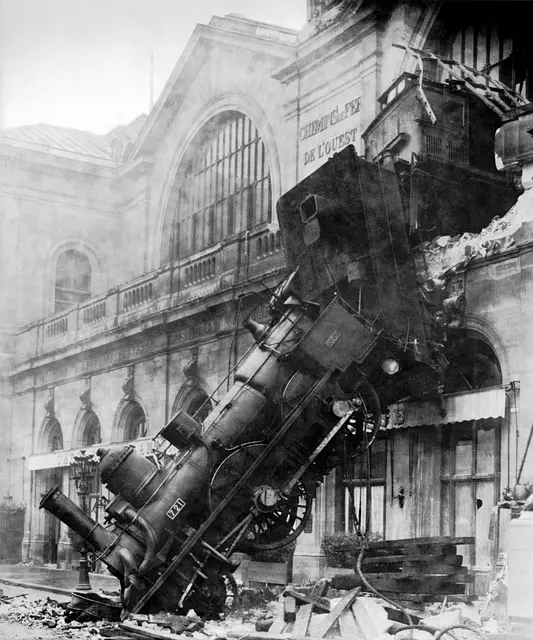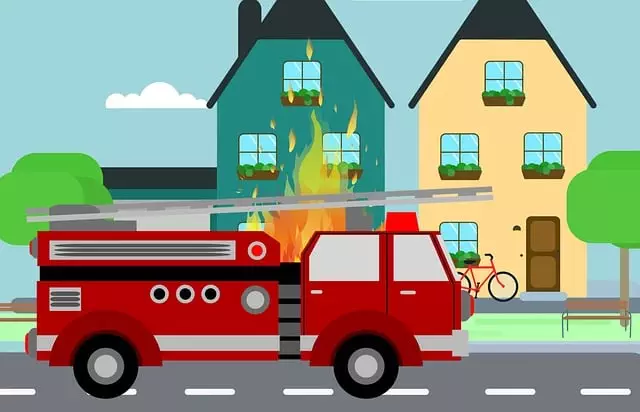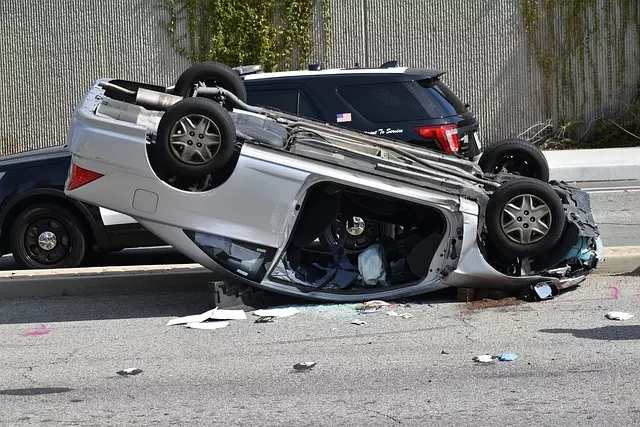In New York City, particularly in The Bronx, where rideshare services are prevalent, cell phone distraction while driving is a growing concern. Widespread smartphone use leads to dangerous behaviors like texting and calling, increasing road risks and contributing to a rise in car accidents and injuries. This issue has prompted stricter laws and increased awareness to ensure safer roads. As rideshare crash litigation in The Bronx rises, strategic safety measures and legal tactics are crucial for victims seeking justice and compensation.
In recent years, the rising issue of cell phone distraction behind the wheel has become a growing concern in New York City, particularly in heavily trafficked areas like The Bronx. This article delves into the impact of smartphone usage on vehicle accidents, focusing on rideshare and taxi industries. We explore legal implications, NYC’s response, and strategies for enhancing safety, offering insights into effective Rideshare Crash Litigation in The Bronx. Understanding these dynamics is crucial for navigating this complex landscape.
- The Rising Issue of Cell Phone Distraction in NYC Vehicle Accidents
- Impact on Rideshare and Taxi Industries in The Bronx
- Legal Implications and New York City's Response
- Strategies for Safety and Effective Litigation Process
The Rising Issue of Cell Phone Distraction in NYC Vehicle Accidents

In recent years, the issue of cell phone distraction behind the wheel has become a growing concern in New York City, particularly in areas like The Bronx where rideshare services are prevalent. With the widespread use of smartphones, drivers often find themselves engaged in texting, making calls, or browsing social media while operating their vehicles, leading to increased risks on the roads. This dangerous behavior is not only illegal but also contributes to a rising number of car accidents and severe injuries.
Rideshare crash litigation has become more common as these incidents escalate, with drivers who use their phones while driving putting not only themselves at risk but also passengers, pedestrians, and other motorists. The Bronx, known for its bustling streets and high rideshare usage, is no exception to this growing problem. As the city continues to navigate the challenges posed by cell phone distraction, raising awareness and implementing stricter laws are vital steps towards making NYC roads safer for everyone.
Impact on Rideshare and Taxi Industries in The Bronx

In New York City, especially in diverse areas like The Bronx, rideshare and taxi industries play a vital role in transporting residents and visitors alike. However, the rise in cell phone use while driving has led to a significant increase in accidents involving these vehicles. Rideshare crash litigation in The Bronx is on the surge, with more victims seeking justice and compensation for their injuries. Many of these cases involve drivers using their phones to navigate or communicate during trips, leading to distracted driving and subsequent collisions.
The impact on local rideshare and taxi services has been noticeable, with insurance claims and legal settlements consuming significant financial resources. This has forced some companies to reassess safety measures and driver training programs. As a result, there’s a growing emphasis on hands-free technology, regular driver education workshops, and stricter enforcement of laws against cellphone use while driving. These efforts aim to reduce accidents, protect passengers, and maintain the integrity of The Bronx’s transportation network.
Legal Implications and New York City's Response

In New York City, where rideshare services are prevalent, car accidents involving cell phone use have significant legal implications. The Bronx has seen an increase in litigation related to rideshare crashes, with many victims seeking compensation for their injuries and losses. Drivers using their phones while behind the wheel, even for brief moments, can lead to devastating accidents, and New York State laws strictly regulate such behavior. Texting or making calls while driving is prohibited, and violations can result in fines and license suspensions.
The city’s response to this growing concern includes stringent enforcement of traffic laws and public awareness campaigns. Law enforcement agencies conduct regular checks and target areas known for high cell phone usage among drivers. Additionally, the city has implemented technology-based solutions, such as apps that detect and alert authorities when a driver is using their phone while driving. These efforts aim to deter dangerous behavior and ensure the safety of all road users in NYC.
Strategies for Safety and Effective Litigation Process

In the event of a car accident involving cell phone use, especially in high-density areas like New York City, riders and litigators alike must employ strategic safety measures and legal tactics for a successful outcome. For those involved in rideshare crashes in The Bronx, immediate steps include ensuring everyone’s safety, documenting the scene with photos and exchanging contact information with other parties. This foundational work is crucial for building a robust case.
During the litigation process, focusing on establishing negligence becomes paramount. Effective representation involves thorough investigation of the crash scenario, examining driver records, reviewing vehicle maintenance logs, and gathering evidence of distracted driving. Skilled legal counsel specializing in rideshare crash litigation can navigate complex regulations and insurance policies to secure compensation for victims. This includes medical expenses, property damage, and pain and suffering.
Cell phone distractions at the wheel are a growing concern in New York City, leading to serious accidents and impacting various sectors, especially rideshare and taxi services in The Bronx. As highlighted in this article, the legal implications have prompted NYC’s response with stricter regulations. To enhance safety and support effective rideshare crash litigation in The Bronx, it is imperative to adopt comprehensive strategies that include public awareness campaigns, stricter enforcement, and advanced technology solutions to mitigate driver distractions.
